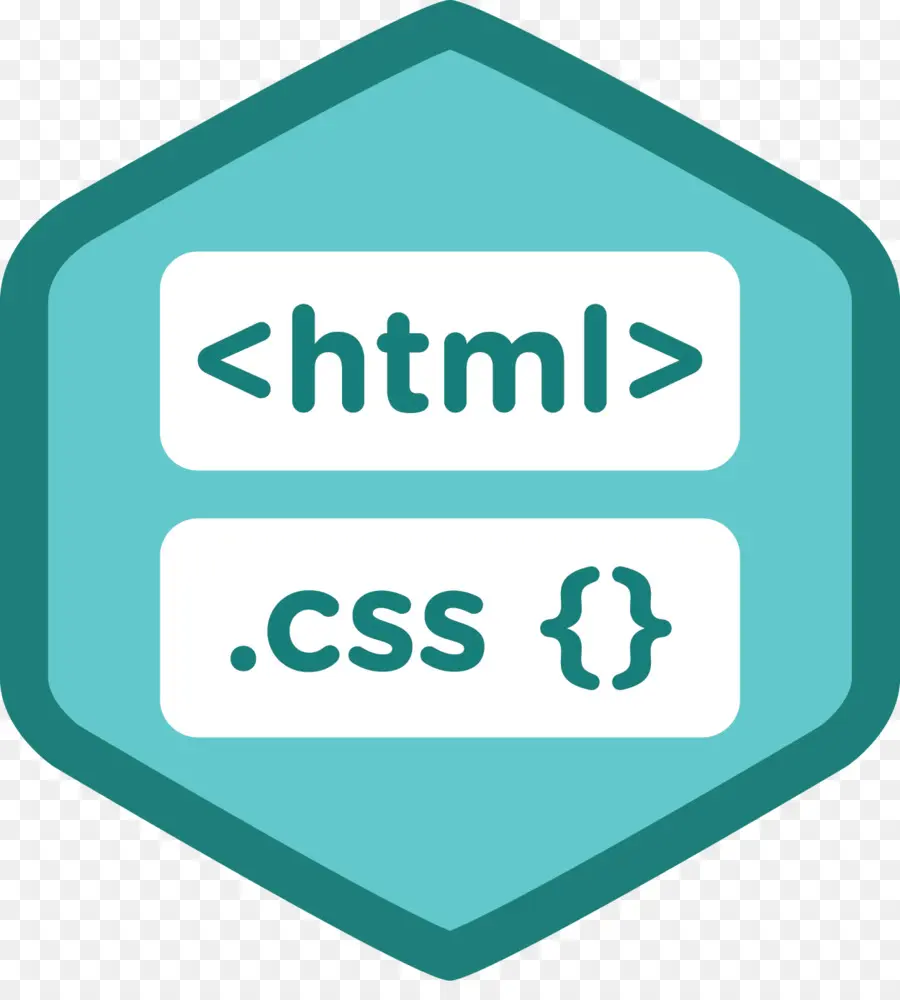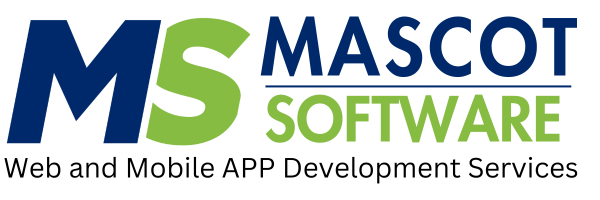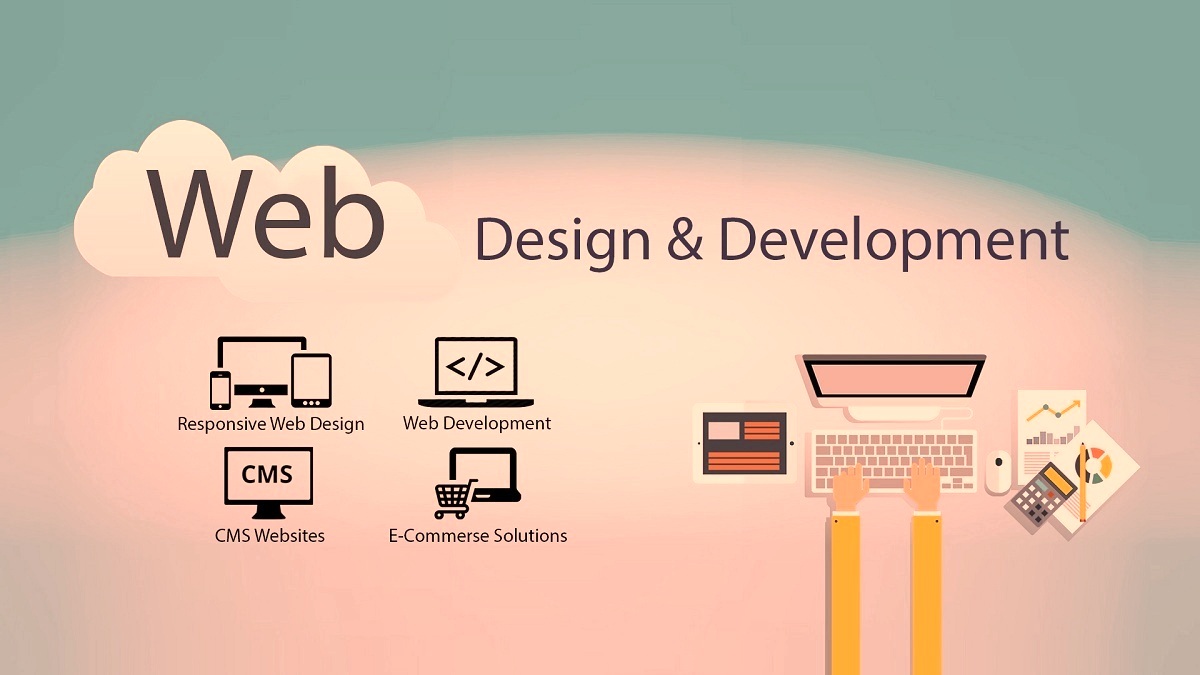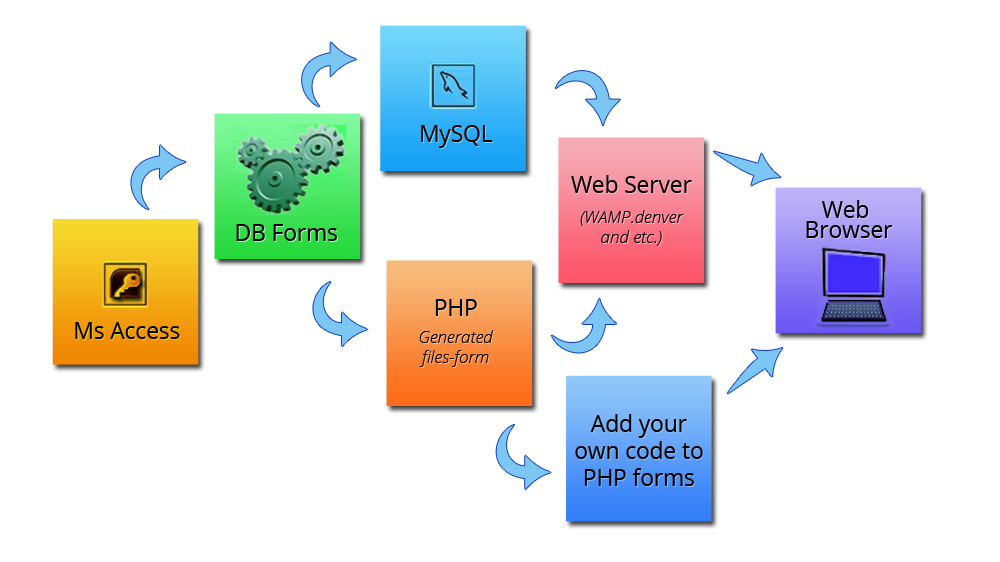
HTML defines the structure of a web page, including its elements, such as headings, paragraphs, images, links, and forms. It uses tags to mark up different sections of the content.
CSS is responsible for styling the HTML elements, determining their appearance, layout, and behavior. It allows you to control the colors, fonts, spacing, and positioning of various elements on a web page.
HTML Fundamentals
- Basic Structure:
<html>: Root element of an HTML document.<head>: Contains metadata about the page (title, stylesheets, scripts).<body>: Contains the visible content of the page.
- Common Elements:
<h1>to<h6>: Headings.<p>: Paragraph.<a>: Anchor (link).<img>: Image.<ul>and<ol>: Unordered and ordered lists.<div>and<span>: Generic containers.
- Attributes:
href: Specifies the URL of a link.src: Specifies the URL of an image.alt: Provides alternative text for images.idandclass: Used for styling elements with CSS.
CSS Fundamentals
- Selectors:
- Element selectors: Target elements by their name (e.g.,
p). - Class selectors: Target elements with a specific class (e.g.,
.my-class). - ID selectors: Target a unique element with a specific ID (e.g.,
#my-id).
- Element selectors: Target elements by their name (e.g.,
- Properties and Values:
color: Sets the text color.font-family: Sets the font family.font-size: Sets the font size.background-color: Sets the background color.marginandpadding: Control spacing around elements.display: Controls how elements are displayed (e.g.,block,inline,flex).position: Controls the positioning of elements (e.g.,static,relative,absolute).
Combining HTML and CSS
- Linking CSS Files:
- Use the
<link>element in the<head>section to link an external CSS file.
- Use the
- Inline Styles:
- Apply styles directly to HTML elements using the
styleattribute.
- Apply styles directly to HTML elements using the
- Internal Styles:
- Define styles within the
<head>section using the<style>element.
- Define styles within the
Best Practices
- Semantic HTML: Use appropriate HTML elements to convey the meaning of your content.
- CSS Reset: Start with a CSS reset to normalize browser styles.
- CSS Preprocessors: Consider using preprocessors like Sass or Less for more efficient and organized CSS.
- Accessibility: Ensure your website is accessible to users with disabilities by following accessibility guidelines.
- Responsiveness: Design your website to adapt to different screen sizes and devices.
Conclusion HTML and CSS are the foundation of front-end web development. By mastering these languages, you can create visually appealing, interactive, and user-friendly websites.




.jpg)
